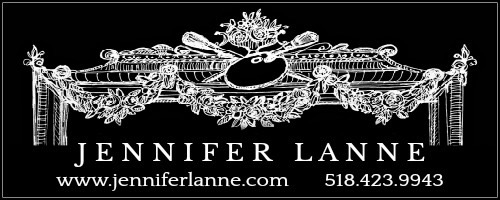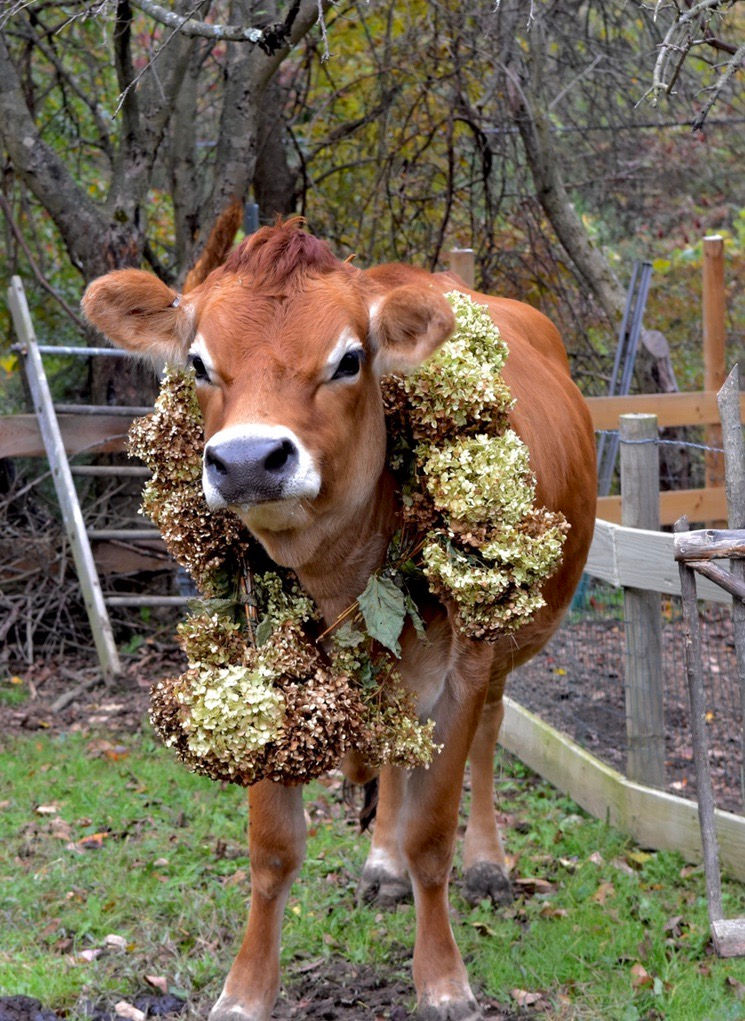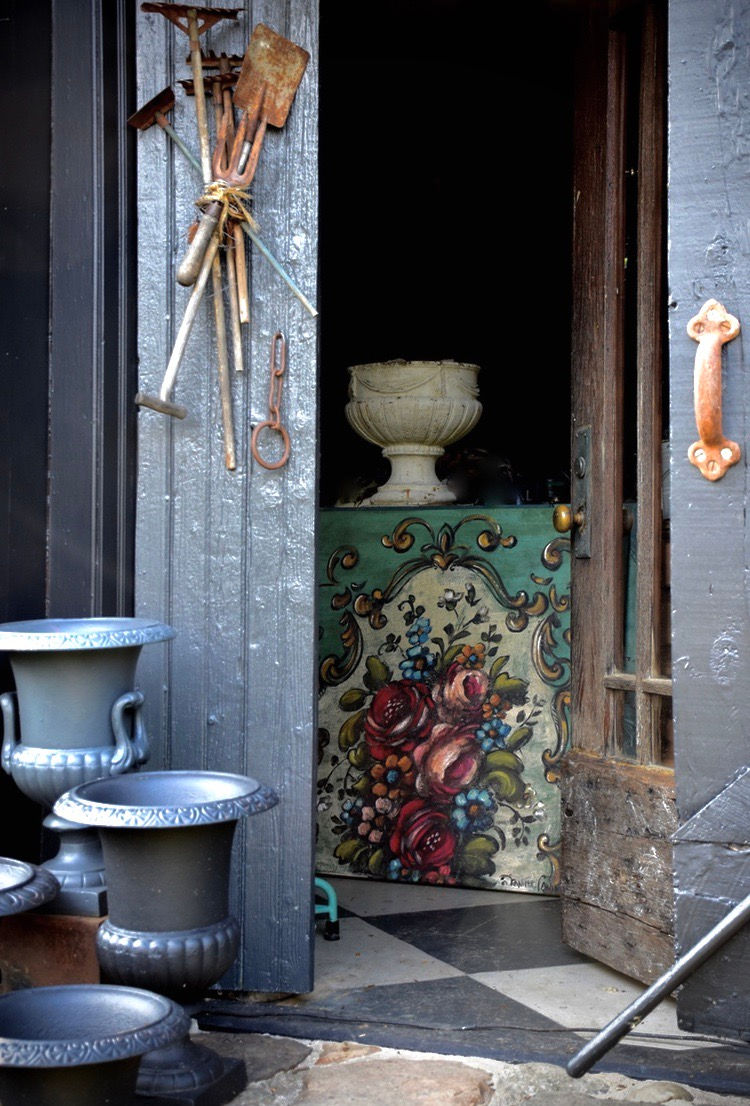Ode to Ferme Ornée
- JENNIFER LANNE

- Jun 11, 2020
- 2 min read
Updated: Jun 21, 2020

ferme ornée: farm designed for both utility and beauty, the buildings treated decoratively and contributing to the aesthetic effect within a picturesque landscape.
I‘d love to claim that I’m lolling about my days at the modern day version of a “Petit Trianon“. I’d love to just prattle on about my silk gowns , choiffed pompadour while strolling about my bucolic, sheep filled pastures.
Sadly, I digress.
At my slightly rudimentary ferme ornèe I’m more hired hand than French Queen.
But truly, I’m ok with that.
My home and 1780's "gentleman's farm" serves as fodder and retreat as well as evolving canvas for my inspiration.
Originally built by Scottish settlers, the property was a tad bedraggled, a bit tired, overgrown and lonely when we purchased it.
We promptly tucked a studio, added farm pets and peppered in as much character as our backs and wallets could bear.
As an artist, my home is my muse. Its my "mise en scene " where the props, the scenery and cast of characters are ever changing.
It‘a a little nook carved out for a homebodies paradise.
~Jennifer







The term ferme ornée[1] as used in English garden history derives from Stephen Switzer's term for 'ornamental farm'. It describes a country estate laid out partly according to aesthetic principles and partly for farming. During the eighteenth century the original ferme ornée was Woburn Farm, made by Philip Southcote, who bought the property in 1734. William Shenstone's garden at The Leasowes was also a ferme ornée. Marie Antoinette made a later example at Versailles in the form of the Hameau de la Reine, created between 1783 and 1787, but it was much more for pleasure than for food production.
































Comments